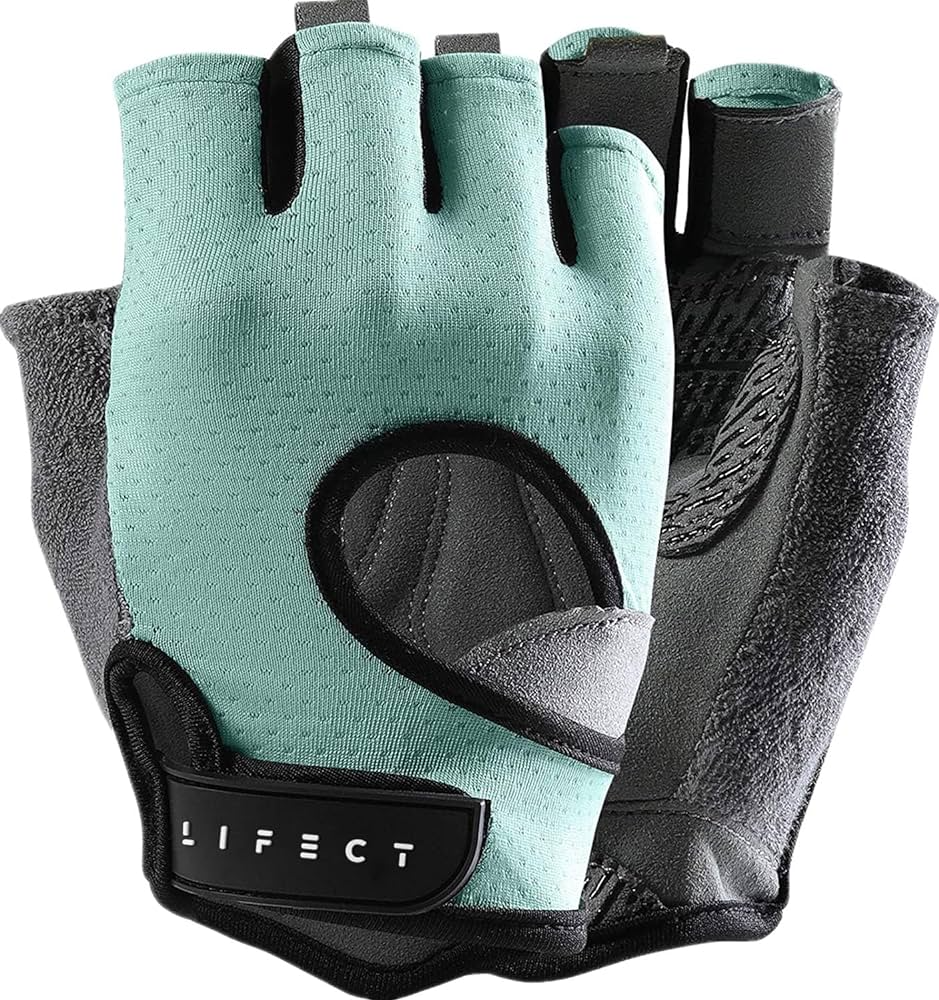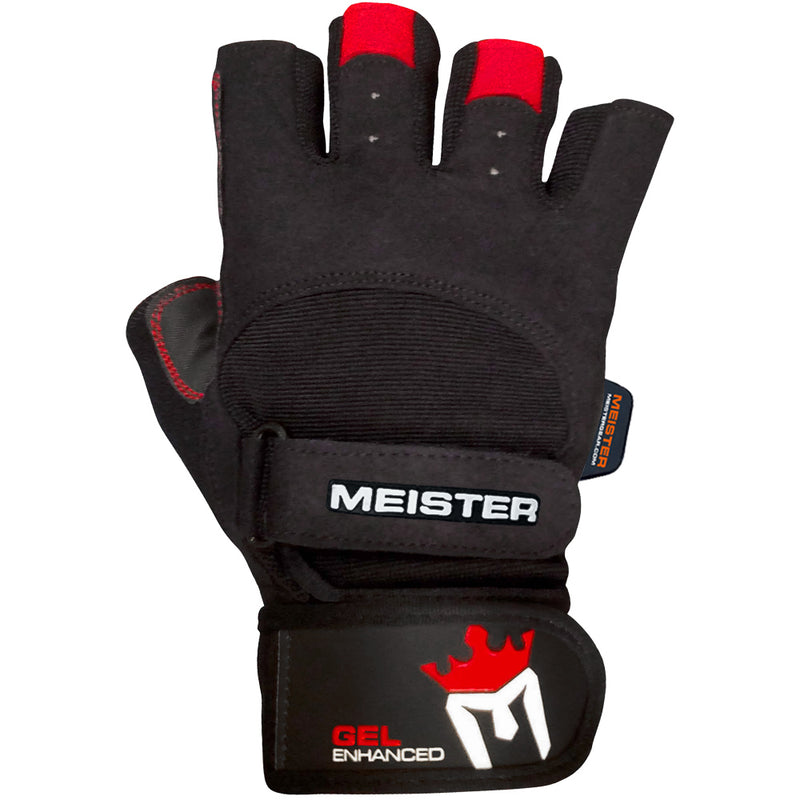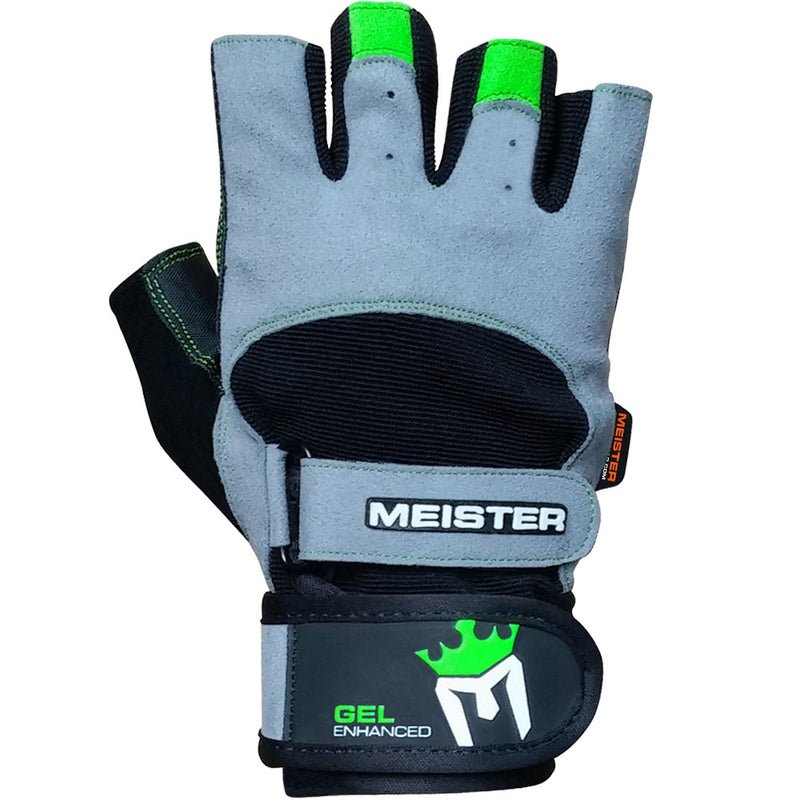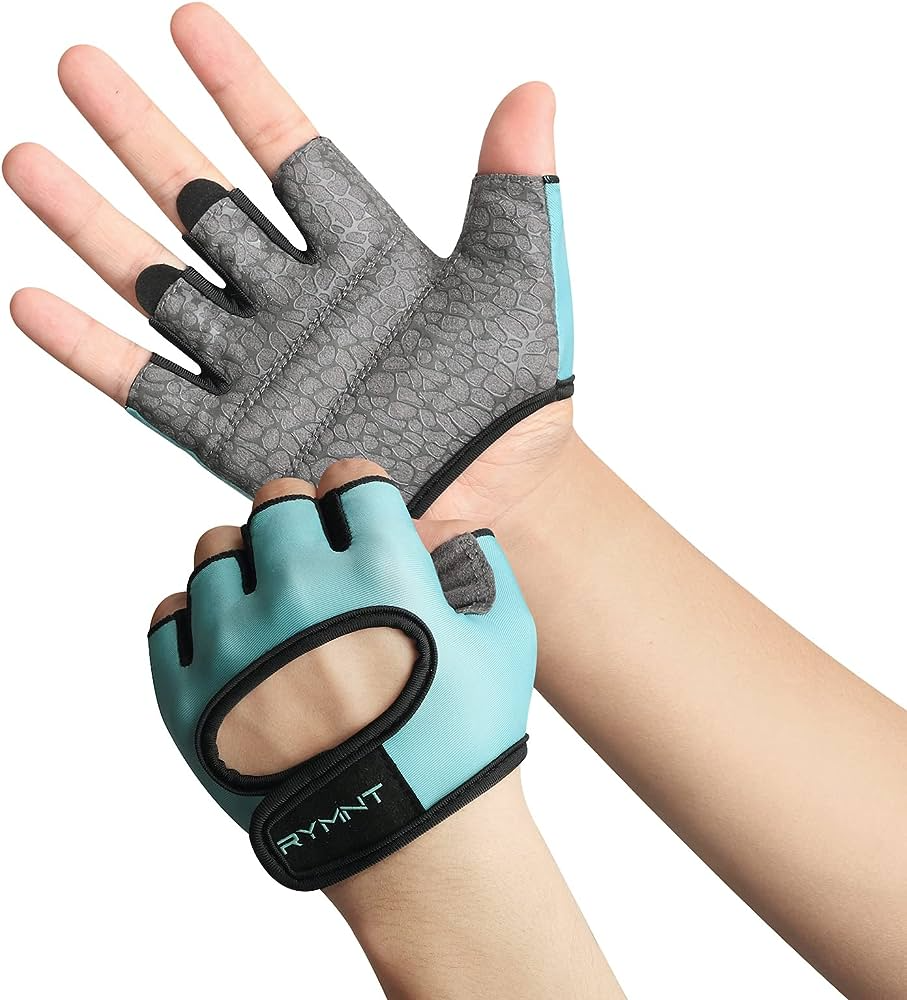Introduction to Weight Lifting Gloves
Weight lifting gloves can be seen as an essential accessory for anyone serious about their fitness journey. These gloves provide enhanced grip, added comfort, and protection. Whether you’re a seasoned lifter or a gym newbie, understanding the benefits and features of weight lifting gloves can make a significant difference in your workouts. This article dives into everything you need to know about weight lifting gloves, including their types, benefits, essential features, and tips for choosing the right pair.
Weight lifting gloves are more than just hand protectors; they are tools that can improve your lifting technique and overall gym experience. They help mitigate the risks of developing calluses, blisters, and other hand injuries while allowing you to lift heavier weights with confidence.
Types of Weight Lifting Gloves
Full-Finger Gloves
Full-finger weight lifting gloves cover the entire hand, including all fingers. These gloves provide maximum protection and support, making them ideal for heavy lifting and more intense workouts. They are often made from durable materials such as leather or neoprene and may include padding for added comfort. The full coverage ensures that your hands are shielded from abrasions and injuries, particularly during high-rep or heavy-weight sessions.
These gloves are designed to improve grip and minimize slippage, which is crucial when handling heavier weights or navigating more challenging lifts. They may also feature wrist straps for additional support, stabilizing the wrist joints and preventing strains. The only downside is that they can be less breathable, which might lead to sweaty hands during prolonged workouts.
Half-Finger Gloves
Half-finger weight lifting gloves leave the tips of the fingers exposed, providing a balance between protection and tactile feedback. They are highly popular among lifters who prefer a more natural grip while still benefiting from the added protection on the palms and lower fingers. These gloves are typically made from lightweight, breathable materials, ensuring that your hands remain cooler during workouts.
The open-finger design allows for better ventilation and reduces the accumulation of sweat, which can improve grip. Some half-finger gloves also include gel or foam padding to cushion the impact and reduce pressure on the palms. However, the exposed finger tips can still be susceptible to calluses and minor injuries.
Grips and Wraps
Grips and wraps are a minimalist alternative to traditional weight lifting gloves. They usually consist of a strap that wraps around the wrist and provides a pad or grip surface for the palm. This type of gear is perfect for those who want to enhance their grip without the bulkiness of gloves. Grips and wraps are often used for exercises like deadlifts, pull-ups, and kettlebell swings, where a strong and secure grip is crucial.
One of the main advantages of grips and wraps is their simplicity and ease of use. They are easy to put on and take off, making them convenient for quick transitions between exercises. While they offer less protection overall, they do an excellent job of enhancing grip strength and reducing slippage.
Key Features to Consider
Material and Durability
The material of weight lifting gloves is a critical factor in determining their durability and performance. Common materials include leather, neoprene, and synthetic fabrics. Leather gloves are known for their durability and excellent grip, making them a favorite among serious lifters. However, they can be less breathable and may require more maintenance to keep them in good condition.
Neoprene and synthetic fabrics offer a good balance of durability, flexibility, and breathability. They are often reinforced with additional padding or grip-enhancing surfaces to ensure they provide adequate protection and support. While they may not have the same lifespan as leather gloves, they offer the benefit of being lightweight and easy to wash.
Grip Enhancement
A key feature of weight lifting gloves is their ability to enhance your grip on weights and gym equipment. Various designs achieve this in different ways, such as textured surfaces on the palms, rubberized grips, or silicone pads. These enhancements ensure that weights do not slip from your hands, allowing you to lift more confidently and effectively.
Enhanced grip also plays a role in preventing injuries. A secure grip reduces the risk of dropping weights, which can cause serious injuries. Additionally, a good grip helps in maintaining proper form and control during lifts, further contributing to a safer workout experience. When choosing gloves, look for those with high-quality grip materials that offer both traction and durability.
Padding and Protection
Another crucial feature to consider is the level of padding and protection provided by the gloves. Padding helps reduce pressure on the palms and fingers, protecting your hands from the strain of lifting heavy weights. It also cushions the impact during exercises such as bench presses or dumbbell curls, making your workouts more comfortable and reducing the risk of developing calluses and blisters.
Some gloves feature padded knuckles and additional wrist support, which can be beneficial for exercises that put extra strain on these areas. The type and thickness of the padding can vary, so choose gloves that offer the right balance of protection and flexibility for your specific lifting needs.
Breathability and Comfort
Breathability is a key factor in ensuring that your hands remain comfortable during workouts. Gloves with good ventilation prevent excessive sweating, which can affect grip and cause discomfort. Look for gloves made from breathable fabrics and those with mesh panels or ventilation holes designed to enhance airflow.
Comfort is also influenced by the fit of the gloves. They should fit snugly without being too tight, allowing for natural hand movements. Adjustable wrist straps or closures can help ensure a secure and customized fit, enhancing both comfort and performance. Prioritize gloves that offer a good balance of breathability and comfort to keep your hands dry and comfortable during workouts.
Wrist Support
Many weight lifting gloves come with built-in wrist support in the form of adjustable straps or Velcro closures. This feature is particularly important for heavy lifting, as it stabilizes the wrist joints and helps prevent strains and injuries. Proper wrist support ensures that your wrists remain in a neutral position, reducing the risk of hyperextension and supporting better lifting form.
When choosing gloves with wrist support, look for those with adjustable straps that allow you to customize the level of support. The straps should be secure without restricting blood flow or causing discomfort. Proper wrist support enhances overall performance and safety during your lifting sessions.
Benefits of Weight Lifting Gloves
Enhanced Grip and Performance
One of the primary benefits of weight lifting gloves is the enhanced grip they provide. Slippery or sweaty hands can negatively impact your ability to hold weights securely, affecting both performance and safety. Gloves with grip-enhancing features ensure that you maintain a firm hold on weights, allowing you to lift more effectively and confidently.
Improved grip also translates to better performance in exercises that require a strong and stable grip, such as deadlifts, pull-ups, and barbell rows. By reducing the risk of slippage, gloves help you focus on your form and technique, enabling you to lift heavier weights and achieve your fitness goals.
Protection from Calluses and Blisters
Weight lifting gloves protect your hands from calluses, blisters, and other injuries. The repeated friction and pressure on your hands during lifting can cause painful calluses that can affect your grip and overall comfort. Gloves with adequate padding and protection reduce this friction, preventing the formation of calluses and blisters.
In addition to protecting against calluses, gloves also shield your hands from cuts and abrasions that can occur when handling rough or textured gym equipment. The added layer of protection ensures that your hands remain in good condition, allowing you to continue lifting without discomfort or interruption.
Improved Comfort and Confidence
Weight lifting gloves enhance overall comfort, allowing you to focus on your workouts without distractions. The padding and support provided by the gloves reduce pressure on your hands, making lifting more comfortable and enjoyable. This increased comfort can boost your confidence, enabling you to push yourself harder and achieve better results.
Gloves also offer psychological benefits, as they can make you feel more prepared and equipped for your workouts. The added grip and protection provided by gloves give you the confidence to tackle challenging lifts and exercises, helping you reach your fitness goals more effectively.
Wrist Support and Injury Prevention
Proper wrist support is crucial for preventing injuries and maintaining good lifting form. Weight lifting gloves with built-in wrist support stabilize the wrist joints, reducing the risk of hyperextension and strains. This support ensures that your wrists remain in a neutral position, promoting better lifting technique and preventing injuries.
By providing additional stability, wrist support helps you lift heavier weights with confidence and control. This is particularly important for exercises that put extra strain on the wrists, such as bench presses, overhead presses, and clean and jerks. The added protection enhances overall safety during your lifting sessions.
Choosing the Right Weight Lifting Gloves
Assessing Your Needs
When choosing weight lifting gloves, it’s important to assess your specific needs and preferences. Consider the type of lifting you do, the weights you handle, and any specific requirements you may have. For example, if you perform heavy lifting, you may need gloves with more padding and wrist support. If you focus on high-rep workouts, lighter gloves with good breathability may be more suitable.
Think about the features that are most important to you, such as grip enhancement, comfort, or durability. Understanding your needs ensures that you choose gloves that enhance your lifting experience and meet your specific requirements.
Trying on Different Gloves
Finding the right fit is crucial for the effectiveness and comfort of weight lifting gloves. Try on different gloves to ensure they fit snugly without being too tight. The gloves should allow for natural hand movements and provide a secure grip on weights and equipment. Adjustable closures or wrist straps can help customize the fit and ensure that the gloves stay in place during your workouts.
Testing the gloves for grip, comfort, and flexibility is important. Ensure that the grip-enhancing features provide sufficient traction and that the padding offers adequate protection without restricting movement. Trying on different gloves helps you find a pair that feels comfortable and enhances your performance.
Quality and Durability
Investing in high-quality weight lifting gloves ensures they provide reliable performance and durability. Look for gloves made from reputable brands that use quality materials and construction. Consider reading reviews and seeking recommendations from other lifters to find gloves that have proven to be effective and long-lasting.
High-quality gloves are more likely to withstand the rigors of regular use and provide consistent protection and support. While they may come at a higher price point, the long-term benefits of durability and performance make them a worthwhile investment. Choosing quality weight lifting gloves ensures that you have a reliable accessory that enhances your lifting experience.
Maintaining Your Weight Lifting Gloves
Proper maintenance can extend the lifespan and performance of your weight lifting gloves. Follow the manufacturer’s care instructions, which may include hand washing or machine washing on a gentle cycle. Avoid using harsh detergents or bleach, as they can damage the materials and reduce the effectiveness of the gloves.
Allow the gloves to air dry thoroughly after washing, avoiding direct heat sources that can cause shrinkage or damage. Regularly inspect the gloves for signs of wear and tear, such as fraying seams or worn-out grip patterns. Proper maintenance ensures that your weight lifting gloves continue to provide optimal performance and comfort.
Conclusion: The Importance of Weight Lifting Gloves for Performance and Protection
Weight lifting gloves are essential accessories that provide enhanced grip, comfort, and protection during your lifting sessions. Whether you’re lifting heavy weights, performing high-rep workouts, or tackling challenging exercises, the right pair of gloves can make a significant difference in your performance and overall experience. With various types of gloves available, including full-finger, half-finger, and minimalist grips and wraps, there’s a perfect pair for every lifter and every lifting style.
Key features such as material, grip enhancement, padding, breathability, and wrist support further enhance the functionality of weight lifting gloves. By understanding your specific needs, trying on different options, and investing in quality gloves, you can find a pair that enhances your performance and protects your hands.
Proper maintenance and care ensure that your weight lifting gloves remain effective and durable, providing reliable performance over time. Weight lifting gloves are more than just accessories; they are essential tools that contribute to a more enjoyable, comfortable, and efficient lifting experience.
Whether you’re a seasoned lifter or just starting your fitness journey, investing in a pair of high-quality weight lifting gloves is a decision that pays off in performance and protection. Embrace the benefits of weight lifting gloves and enjoy the enhanced grip, comfort, and protection they provide, ensuring that you can focus on achieving your lifting goals with confidence and ease.





